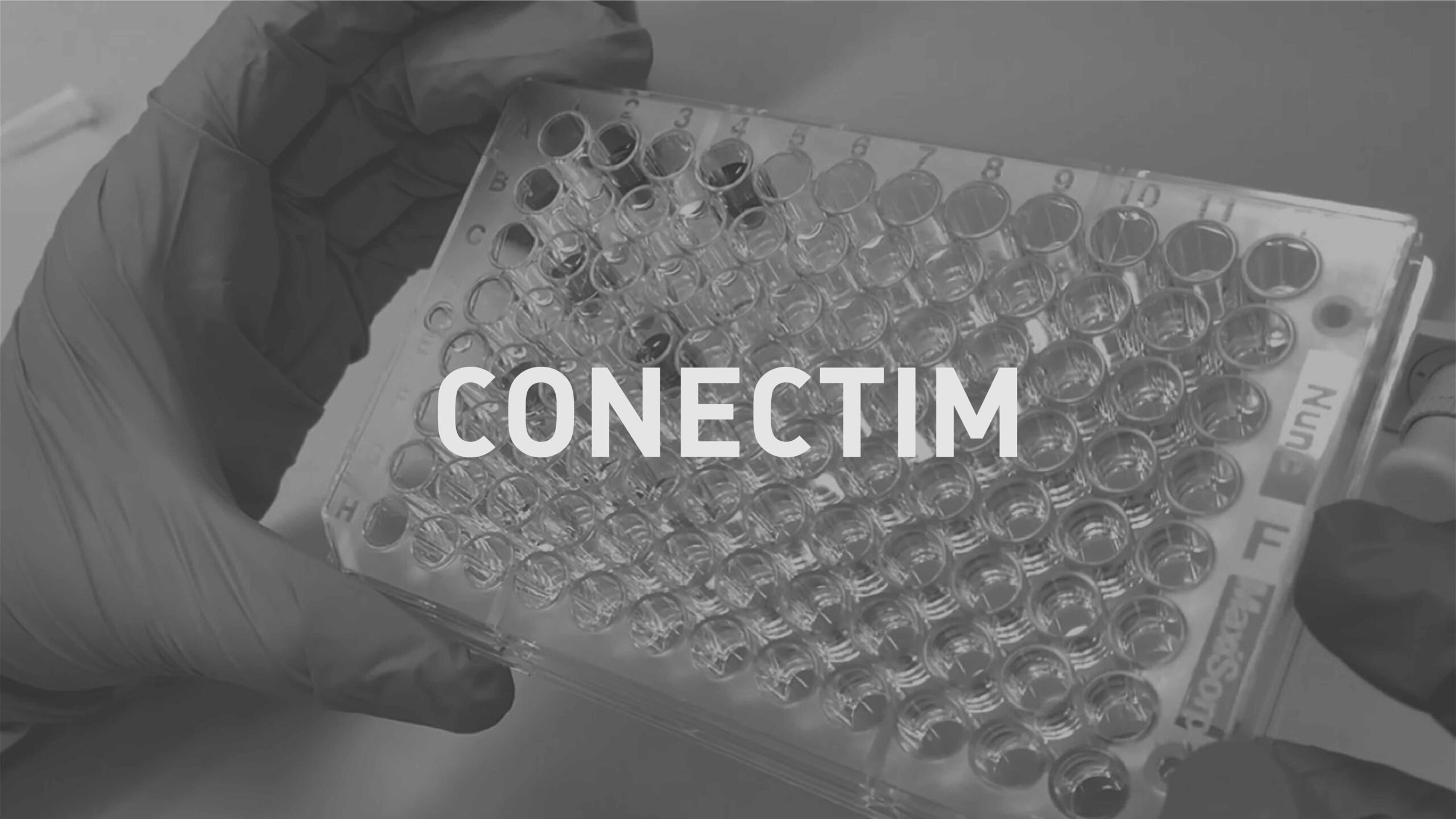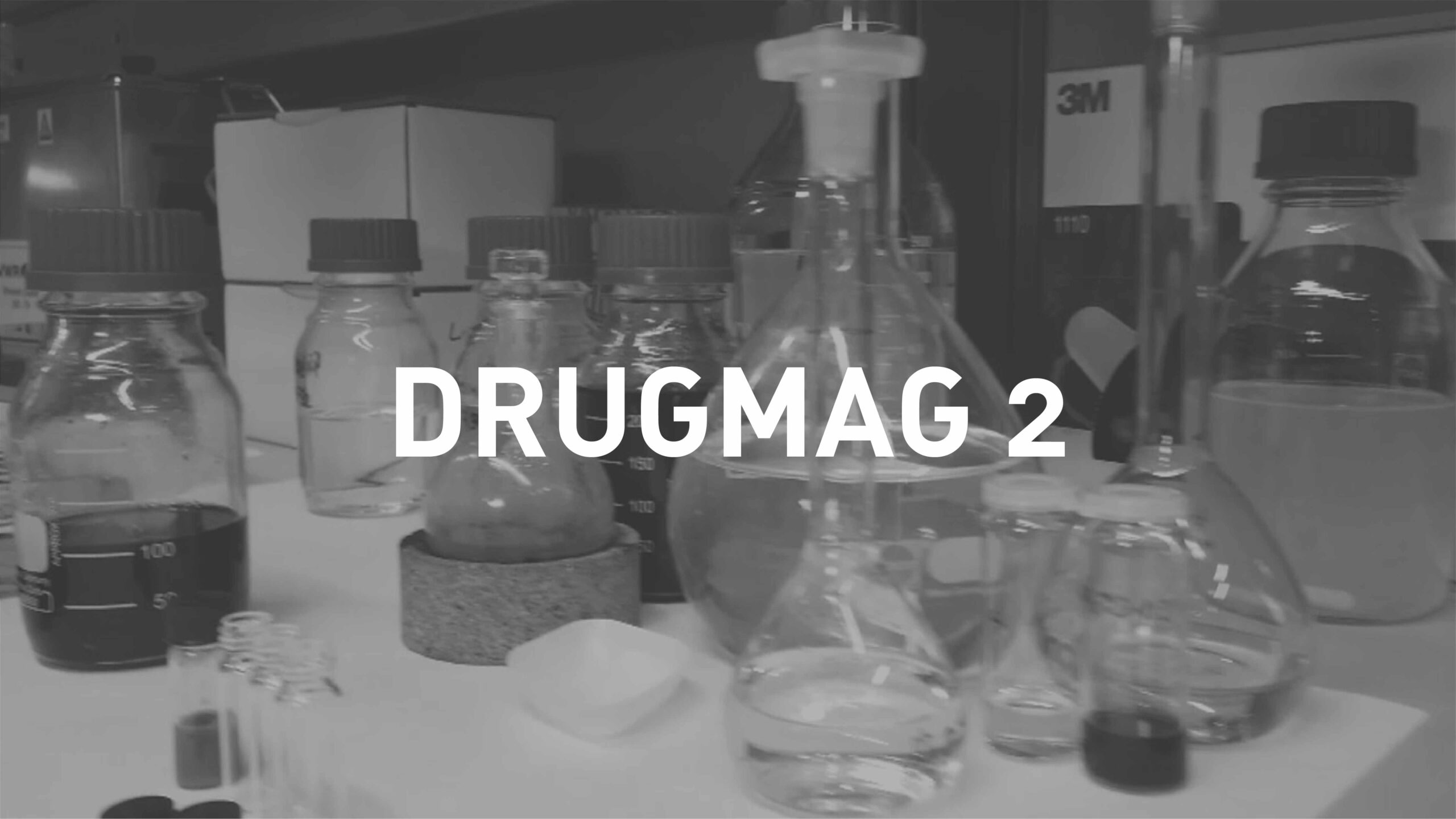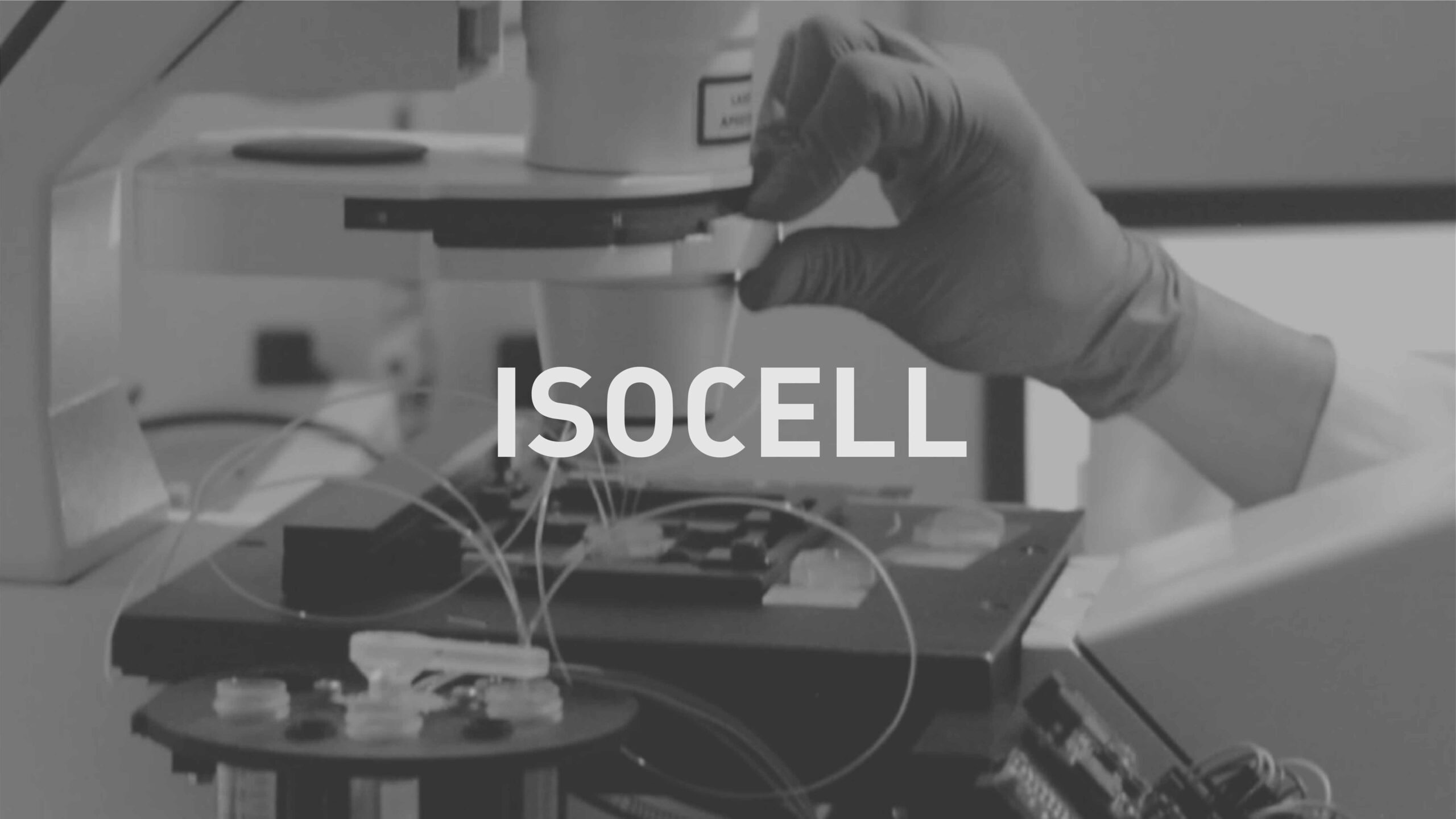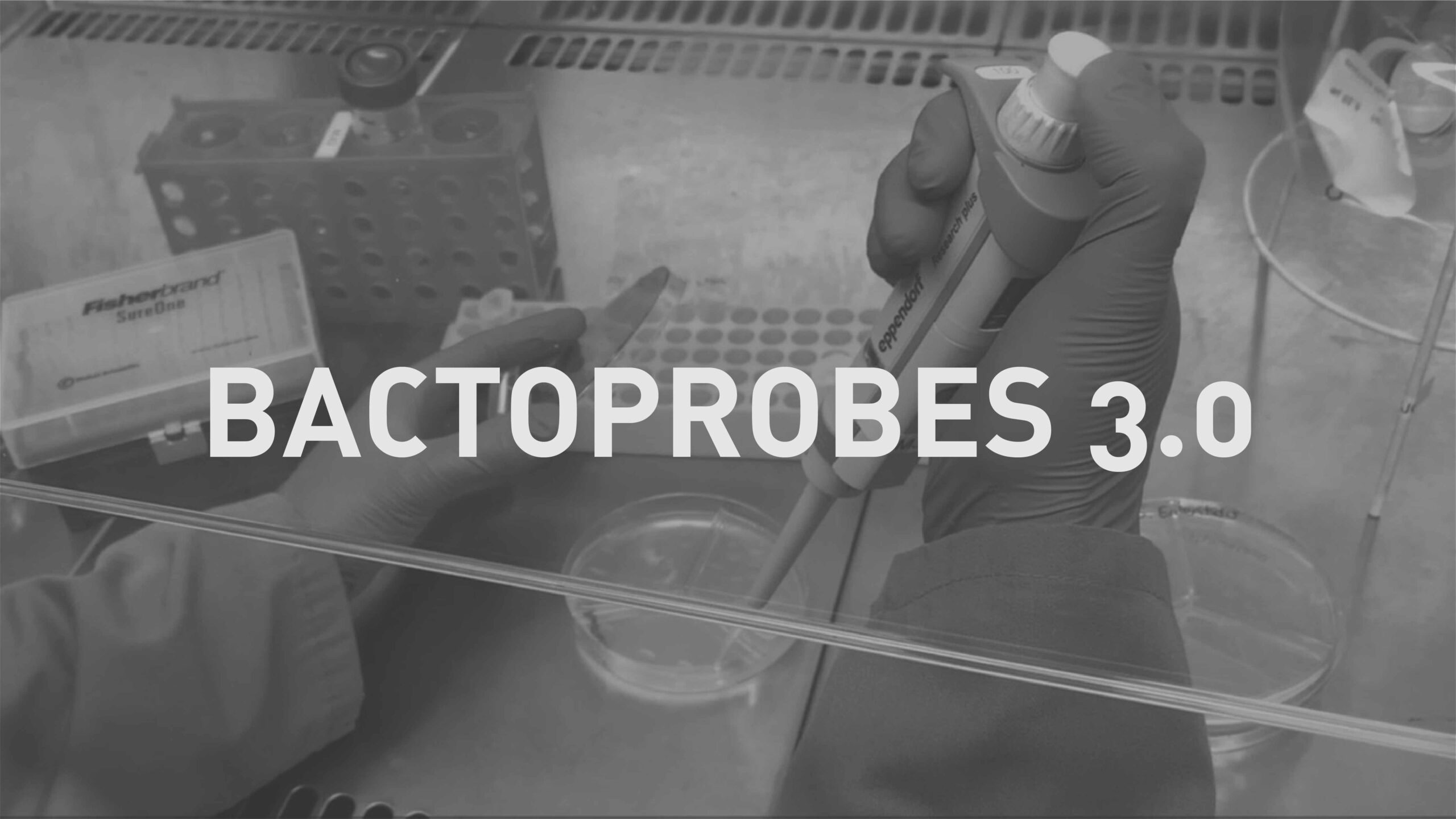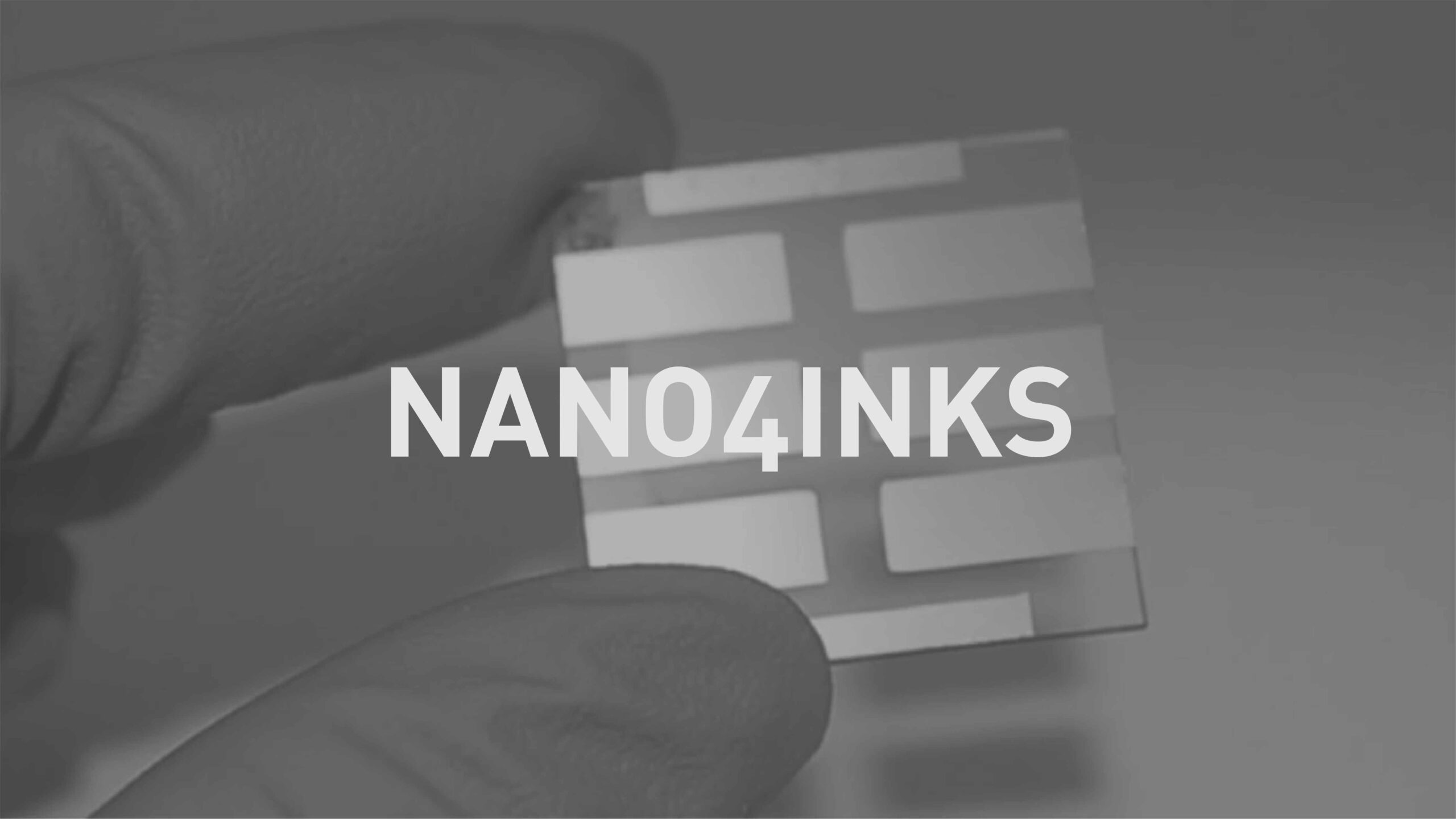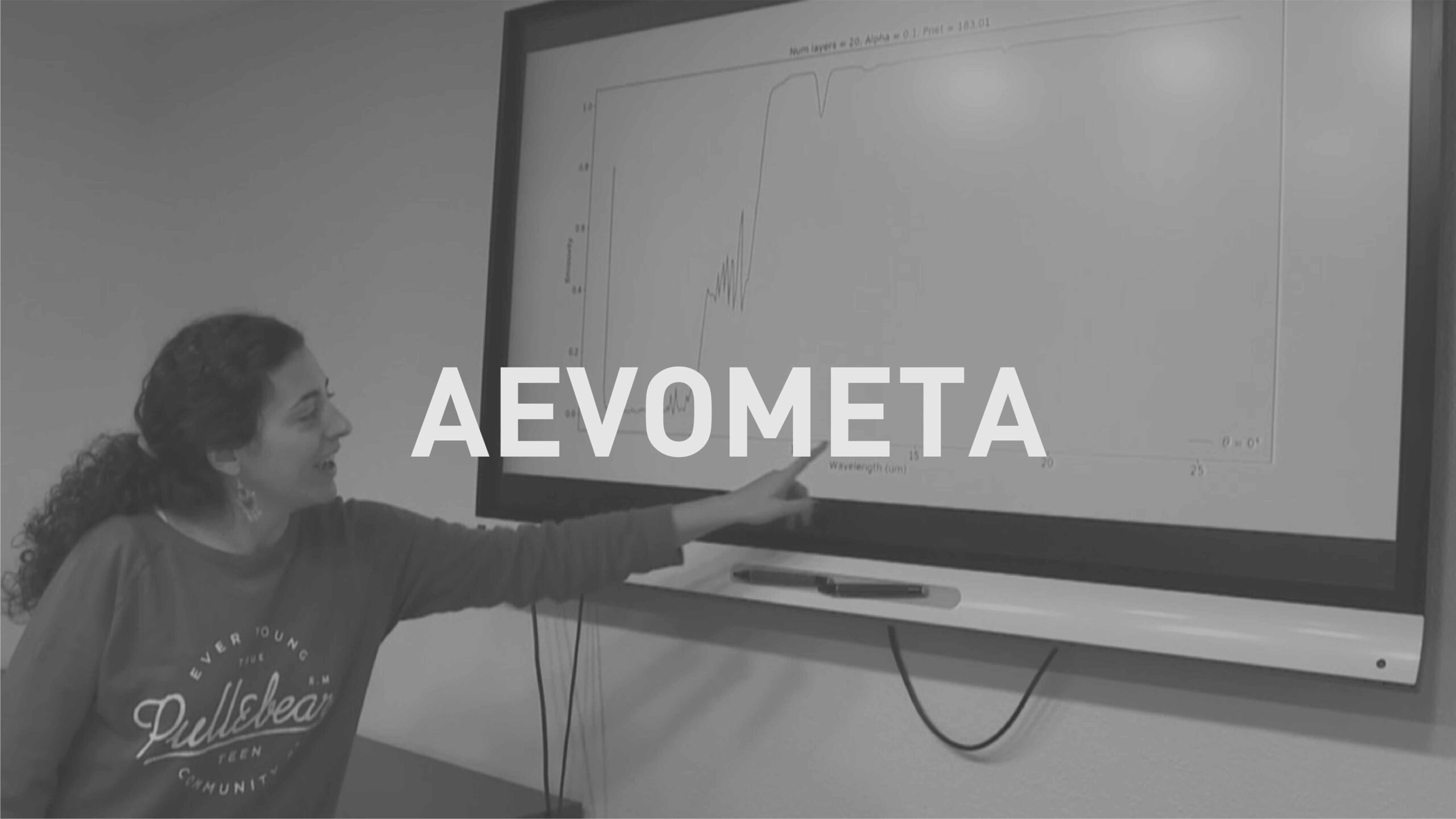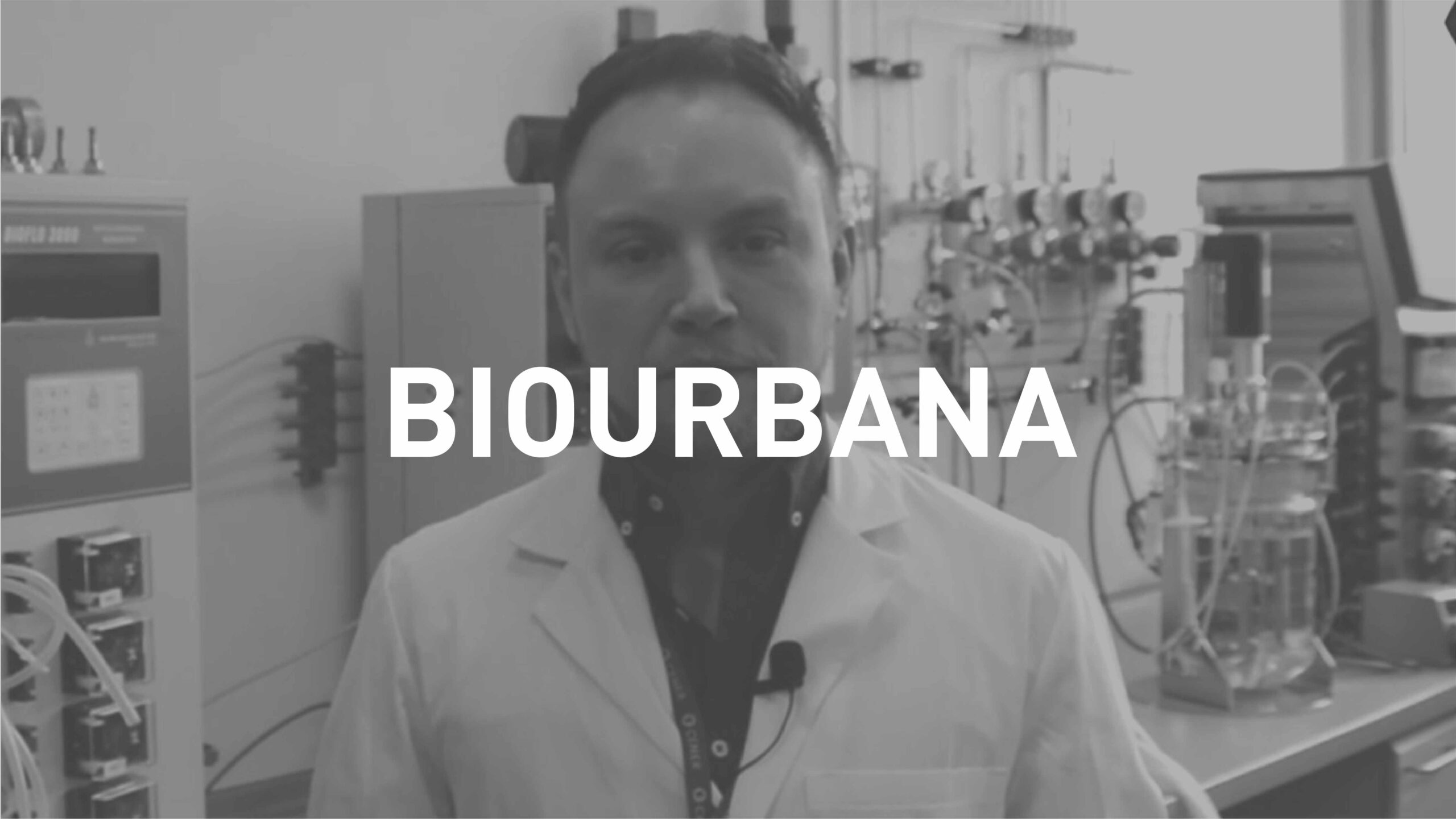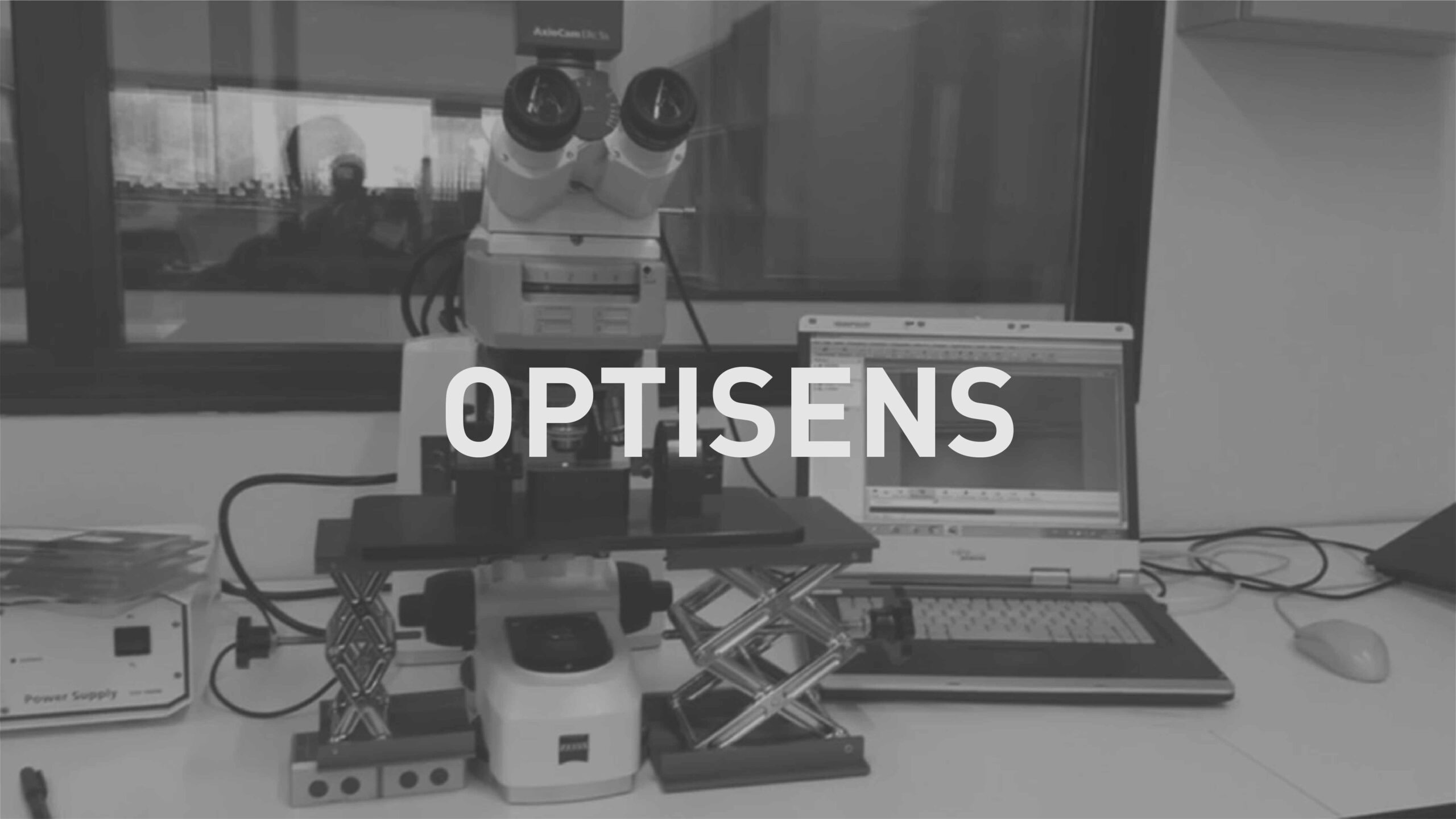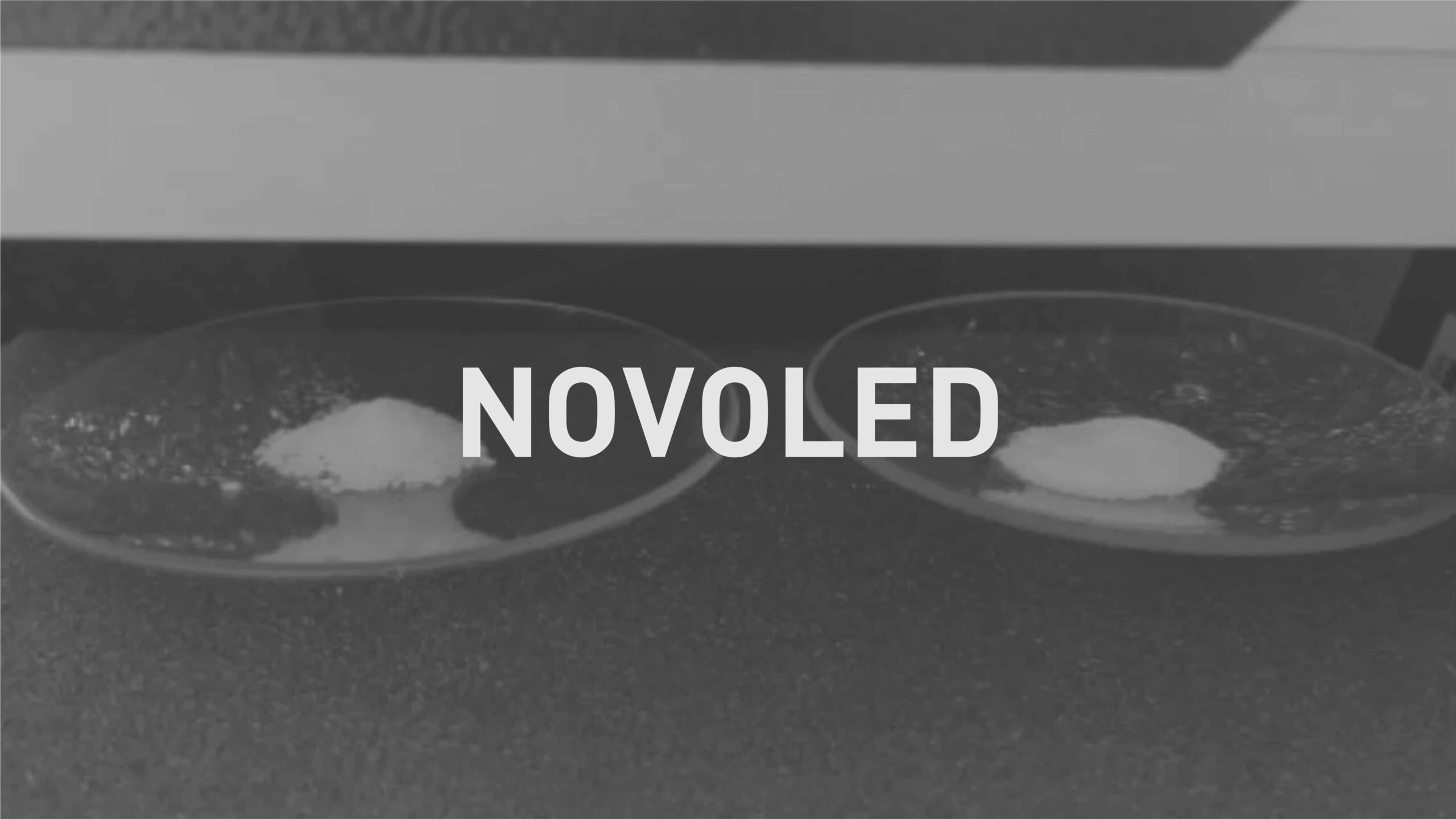The majority of PD cases are sporadic, while 5-10% are caused by family history. The neuropathological features common to all forms of the disease are the death of dopaminergic neurons, the presence of Lewy bodies, aggregates that contain alpha-synuclein (aSin) protein and an inflammatory reaction. Genetic analyses in families affected by PD have made it possible to identify mutations in the aSin gene as a cause of neuronal death. Understanding how neuronal death happens is necessary for developing new neuroprotection therapies. Our research project started from the hypothesis that overexpression of aSin or its mutated variants has a different toxicity and induces different patterns of inflammation than what would be related with neuronal death. Consequently, we proposed to identify the kind of inflammatory response caused by the different kinds of aSin and relate it with levels of toxicity in order to identify therapeutic targets for neuroprotection.
Experiments in animal neurodegeneration and primary neuron cultures have been combined in this research project.
It was necessary to produce adeno-associated viruses (AAV) to generate experimental rat models with characteristics similar to the human disease. After being administered directly in the substantia nigra the AAV infect the dopaminergic neurons and produce the aSin protein or its mutant version aSinE46K in large quantities. The expression of those proteins caused a dopaminergic neuron death reproducing some aspects characteristic of Parkinson’s disease in animals, such as rigidity, trembling and difficulty moving. Even though it is still preliminary, our data suggests that the expression of the aSinE46K type is more toxic than the expression of aSin. The different toxicity is accompanied by differences in the inflammatory reaction measured using activation markers for microglia and astrocytes in the mesencephalon, where the neuronal bodies can be found, and the striatum where the nerve endings that release dopamine are located. The expression of genes on those two regions in animals that received a control virus and in animals with Parkinson’s was analysed to understand how they are activated. The analysis showed that the activation of the astrocytes is more important in the striatum and the activation of microglia is more important in the mesencephalon. That suggests both types of cells could participate in the toxicity/protection mechanisms in a differential way depending on the region of the brain. A more detailed analysis of the microglia activation markers in the mesencephalon revealed that many of the genes activated are related with interactions with the immune system, which led us to include the lymphocytes in the posterior analysis. The infiltration of lymphocytes in the brain is very low, even in experimental PD models, but it could have a relevant function in dopaminergic degeneration.
The experiments done in primary neuron cultures and glial cells clearly showed the different toxicity of aSin and it mutant variation aSinE46K. aSinE46K is much more toxic than aSin. Lipopolysaccharide was administered to the cell culture medium acutely or chronically to induce an inflammatory reaction. The inflammation markers were modulated differently under both conditions. Nevertheless, in neither case did the generated inflammatory reaction modify the levels of neuron death caused by aSin or aSinE46K. That data indicates the activation of microglia by itself does not induce neuron death directly, but it could contribute to the activation of other cell types to acquire a neurotoxic capacity.
The data generated in the project this year has raised new questions about how dopaminergic degeneration occurs and how the possible contribution of neuroinflammation to neuron death occurs. We will continue doing research to answer those questions in future projects.




